Is there a more controversial function in finance than the Federal Reserve Bank? From its beginnings, history, and purpose of a bank, there are tons of rumors and theories about what the Fed does and who controls the Fed.
In today’s craziness surrounding the financial world, with the stock market in a frenzy from fears of the Coronavirus and its effects and the overvaluing of the market, I thought it might be useful for us to explore this topic.
What do we know about the Fed besides speculation and theory? The makings of the Fed are interesting and start as early as the beginnings of our own country.
The bank began its birth among quite a bit of criticism and scorn. Charles A Lindbergh, Sr., father of the famed pilot, said that:
“This [legislation] establishes the most gigantic trust on Earth… this banking and currency bill perpetuates the worst legislative crime of the ages.”
And from Henry Cabot Lodge, Sr., another extremely wealthy individual during the early 1900s: “Seems to me to open the way to a vast currency inflation.”
In today’s post, we are going to explore these topics relating to the Fed Reserve Bank:
- What was Before the Federal Reserve?
- How did the Federal Reserve Start?
- The Creature From Jekyll Island
- The Fed’s Role in the Great Depression
- The Gold Standard
- Great Recession from 2007 to 2009
What Was Before the Federal Reserve?
To give you a background of the Federal Reserve, I think it is good to look back at history to understand the events leading to the creation of the federal reserve bank.
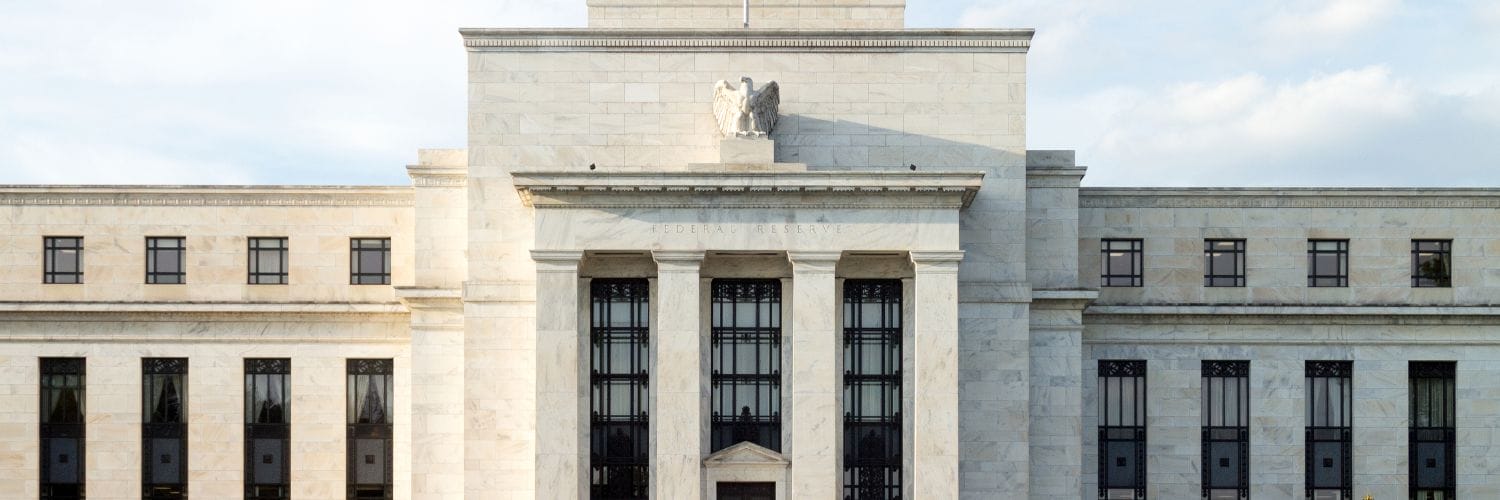
Let’s look through a brief timeline of money in the US at its founding.
- 1771 – 1791: US Currency – To help finance the fight for independence against the British, the Continental Congress printed the country’s first money, known as “continentals.” Congress printed so much of this fiat currency that it led to inflation which eventually devalued the money to the point of being worthless or “not worth a continental.”
- 1791 – 1811: Country’s First Attempt at a Central Bank – Alexander Hamilton led the first charge to create the First Bank of the United States in Philadelphia in 1791. It was the largest corporation in the US at the time, and the First Bank influenced big banks and other money interests. The land, at the time, was mostly agricultural and was against the idea of a large, powerful bank. In 1811, Congress failed to renew the bank’s charter by one vote.
- 1816 – 1836: A Second Attempt ends in failure – In 1816, the political climate had changed enough that a narrow vote established another central bank. But when Andrew Jackson became president in 1828, he vowed to destroy the Second Bank of the United States, as he was a central bank foe. And in 1836, they didn’t renew the 20-year charter again.
- 1836 – 1865: Free Banking Era – This era saw the rise of state-charted and unchartered “free banks,” which issued their notes, redeemable in gold or specie. The period also saw the increase in demand deposits and the creation of the New York Clearinghouse Association in 1853 as a way for the city’s banks to clear checks and settle accounts.
- 1863: National Banking Act – The National Banking Act of 1863 passed during the Civil War. The act required that US government securities back nationally chartered banknotes. An amendment later required applying taxes on state banknotes, but not national notes. The bill effectively created a uniform currency for the nation.
- 1873 – 1907: Financial Panics – The National Banking Act created a sense of currency stability for the country, but bank runs and financial panics continued to rock the nation. In 1893, a banking panic triggered the worst recession the country had ever seen. They staved off fear through the efforts of JP Morgan, then the most powerful man in the country, and with his support, was able to prop up the banking system. For more on this moment in history, check this out.
- 1907: The Beginning of the End – In 1907, Wall Street triggered another severe banking failure with a run of bad speculations. JP Morgan returned to change the nation’s fortunes. By this time, most Americans realized there needed a better system, but no one could agree upon the best route to take. Progressives and conservatives bitterly disagreed about the best option, but all decided that something needed to change.
Enter Nelson Aldrich and Woodrow Wilson to the center stage for the creation of the Federal Reserve Bank.
How Did the Federal Reserve Start?
The Aldrich-Vreeland Act passed in 1908 as a result of the 1907 panic. The act provided immediate currency relief during a crisis and created the Monetary Commission to search for a long-range plan to solve the country’s banking and financial issues.
Guided by Senator Nelson Aldrich, the commission created a banker-led plan. Other progressives led by Jennings Bryan aggressively attacked the program; their goal was to have the central bank under public control, not banker control.
In 1912, when Woodrow Wilson won the election, he was the death knell for the Aldrich plan. But his election paved the way for creating a decentralized central bank.
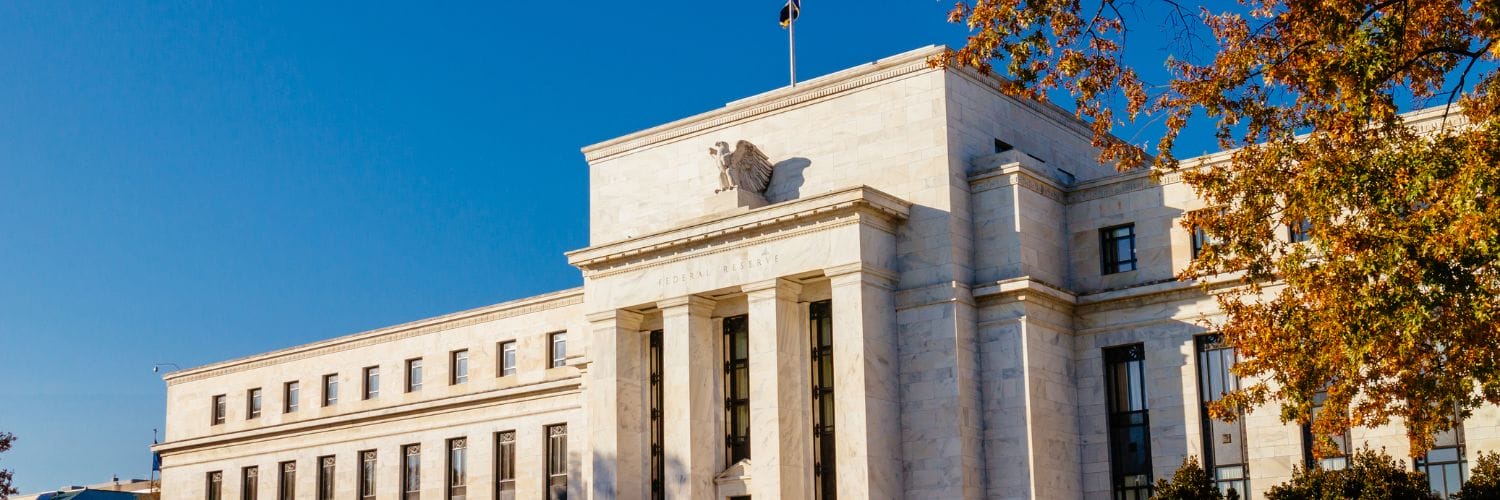
Though Woodrow Wilson was far from an expert in finance, he leaned on advice from Carter Glass, who was soon to become the House Committee on Banking and Finance chairman, and H. Parker Willis, the Committee’s expert advisor.
By 1912, Glass and Willis presented Wilson with the central banking proposal that would become the Federal Reserve Act.
Between 1912 and 1913, the issue of the central bank was fiercely debated, molded, and reshaped. And on December 23, 1913, President Wilson signed the Federal Reserve Act into law.
In 1914, they built the bank from the ground up. They chose fourteen sites to house the regional Reserve Banks, and by November 16, 1914, the banks were open for business.
The opening coincided with the start of the First World War.
Before we continue with some more history, we must stop and discuss the meeting at Jekyll Island.
The Creature from Jekyll Island
Nothing calls more attention to it than the creation of the Federal Reserve Bank; many rumors and conspiracies surround the bank’s creation, none more secretive and controversial than the meeting that took place between November 20-30, 1907, on Jekyll Island, off the coast of Georgia.
Jekyll Island was, during this time, the most exclusive club in the world and included homes owned by such luminaries as JP Morgan, Marshall Field, and William Vanderbilt.
It had become apparent to Senator Aldrich and his colleagues they needed reform in the United States banking system. With the most recent banking panic of 1907, it had become necessary for lawmakers to create a solution.
By the fall of 1910, Aldrich decided that meeting with the most powerful men in the banking community was necessary to create a plan to control the coming central bank.
Aldrich knew the meeting of these banking leaders was likely to lead to suspicion about their motives and threaten the success of the plan they were about to create.
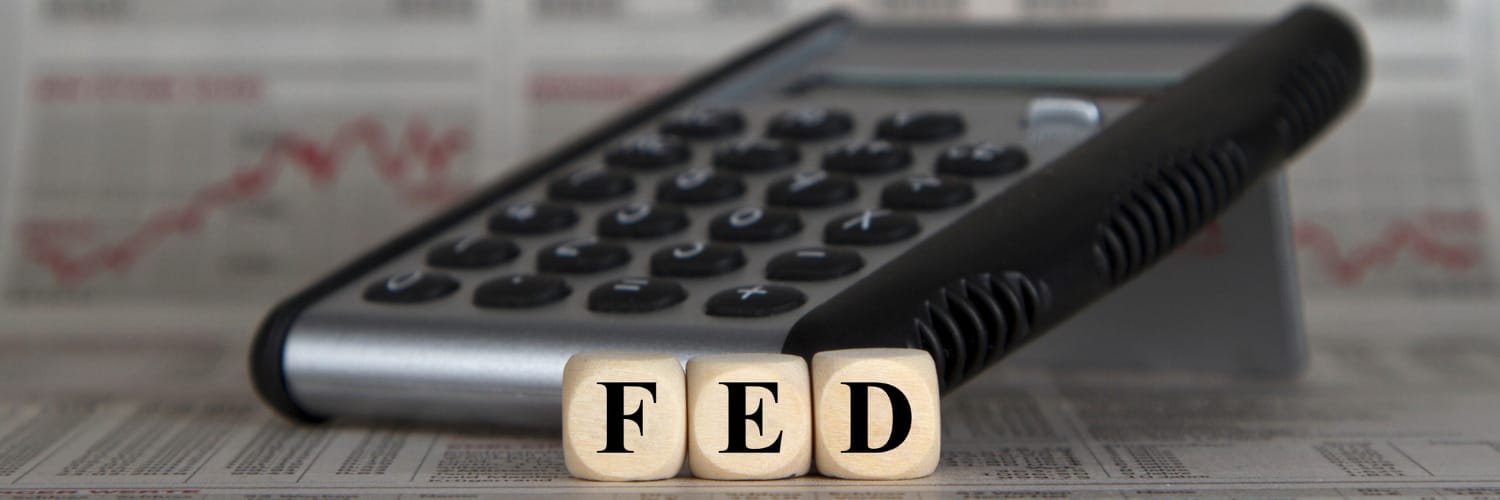
To ensure secrecy, he created a ruse by disguising the meeting as a duck hunting trip and instructed the men to meet one at a time at a train terminal in New Jersey. Once there, they all boarded a private train car. Once aboard, they only used their first names, thus creating the “First Name Club.” They used first names to help throw off suspicion and prevent any staff from learning who the men were.
All in the group recognized the need for an elastic currency supplied by a central bank that holds reserves of all the banks in the system. However, the details were far more challenging to agree upon and took many hours of discussion from early morning to late at night.
Ultimately, they agreed on a plan that included a central bank with fifteen branches across the country. Each branch would create a board of directors to govern who the member banks would elect in each district, with larger banks getting more votes.
The branches would be responsible for the following:
- Holding the reserves of the member banks
- Issuing currency
- Discounting commercial paper
- Transferring balances between branches
- Checking clearing and collection.
The national bank would set discount rates for the whole body and buy and sell securities.
This was approximately what was eventually agreed to as the Federal Reserve Act in 1913.
For controversies about the founding of the Fed, you need to look no further than the book “The Creature from Jekyll Island,” by G. Edward Griffin.
Griffin suggests in his book that evil people with ulterior motives created the Fed.
According to Griffin’s theory, the bank was simple, creating something that could create money out of thin air for the bankers’ benefit. And according to Griffin, this is precisely what they did, creating fiat money.
In Griffin’s opinion, that is the exact problem, fiat money, which has no intrinsic value and is the cause of modern monetary issues. According to the government, the money that the government creates has a particular value and is also used to control inflation.
According to Griffin, the central bankers of both the US and Britain were the cause of the Great Depression in 1929, but not before the most affluent investors were warned to sell their investments.
Griffin also believes that the world’s central bankers, including the Fed, have been the cause of all major wars since 1694 with the Bank of England. He believes all of this has profited some of the richest families in the world, including the Vanderbilts, Rothchilds, and Morgans, among others.
His book has inspired political leaders such as Rand Paul to advocate for a more transparent Fed or outright elimination of the Fed. One of the rallying cries of the Tea Party movement has been the elimination of the Fed.
Is the book right? I will say this: he brings up a lot of interesting points, some of which stretch the imagination, to say the least. The history of the meeting on Jekyll Island took place, but whether the details revealed are accurate or not is under debate.
The book is an entertaining read, and I would recommend it to those who are familiar with the history of the Fed. I am not paranoid, so I thought it read as more fiction than anything else.
For more controversy, let’s discuss the Fed’s role during the Great Depression.
The Fed’s Role in the Great Depression
For those unfamiliar with the Great Depression, this period between 1929 to 1941 was the deepest and longest-lasting downturn in the history of the US.
The Fed’s role in the Great Depression has remained hotly debated among scholars since the time of the Depression. Everyone from Benjamin Bernanke, the former chairman of the Fed, to multiple bloggers have reasons for the Depression and Fed’s role in the period.
During the Depression, industrial production plummeted, unemployment exploded, families suffered, and marriages fell apart. The contraction started in the US and spread around the world.
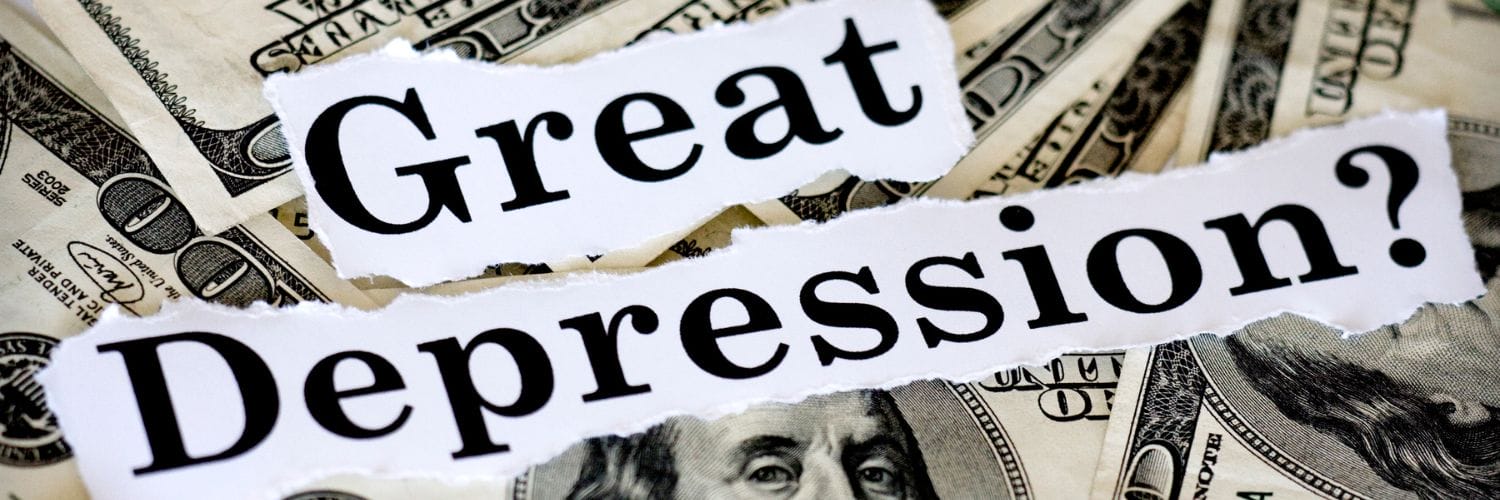
The Depression began in August 1929, when the Roaring Twenties came to a screeching halt with the contraction of the economic expansion.
A series of calamities sparked the Depression:
- The stock market crash in 1929
- The regional banking crisis in 1930 and 1931
- A series of national and international crises from 1931 to 1933
The downturn finally hit bottom in March 1933, when the commercial banking system collapsed. During this time, FDR declared a banking holiday to give everyone a break and cool off.
According to Bernanke, there were multiple reasons the Fed failed during the Great Depression. Let’s examine them a little bit.
First, the inefficiency of the Fed’s setup hurt the decision-making process among the various governors. The Fed’s decision-making was decentralized and often ineffective; each governor set policies for their districts, but some decisions required the approval of the Board in DC. But the Federal Reserve Board lacked the power and tools to enact any of these decisions and struggled to get all the principal actors to agree to a common goal.
When everyone agreed, policies could be swift and useful, but often they didn’t, leaving governors on their own—the indecisiveness leads to independent decisions which were often contradictory to other governors.
Ultimately, the governors disagreed on the correct course of action, and no one could agree on the proper course of action, thus, leading to little action to help.
They did try some actions: the Fed felt the policies they did enact were in the public interest, however, they hurt the economy. Other policies they thought would have helped were never adopted.
An example of a policy the Fed tried was the decision to raise interest rates in 1928 and 1929. The Fed did this to end speculation in the stock market, but this action slowed the economy in the US and globally because the interest rates linked to the gold standard; this action triggered a global recession. And in 1931, the Fed repeated the same mistake with the same result.
Another action not enacted was the failure of the Fed to act as the lender of last resort during the banking panics that began in 1930 and ended in 1933 with the banking holiday. One of the central tenets of creating the Fed was to act as a lender of last resort to help prevent the exact banking runs that occurred during the Great Depression.
Among the governors, there was much disagreement about how to distribute the funds and to which banks you save. Some believed you should help the most solvent; others thought you tried to stem the tide at the most insolvent.
The disagreement about how to act led to the most severe sin of omission, doing nothing to stem the decline in the money supply. The Fed could have prevented deflation by preventing the collapse of the banking system, but it failed to do so for a couple of reasons.
The big reason, economic collapse, was unforeseen and unprecedented in US history. The decision-makers in the Fed either lacked the tools to determine what was happening or the authority to take measures to cure the economy.
That’s not all to say that the Fed did nothing to try; several modern economist scholars state that the Fed did try several measures that could have stemmed the tide but were not done with enough vigor to counteract the deflationary effects of the banking crisis. Overall, the Fed’s efforts to stop deflation and revive the economy, while with good intentions, were too little and too late to make an impact.
I firmly believe in studying history and that we can discover lessons to learn from at any point in history. The lessons learned from the Great Depression led to decisions made during the Great Recession of 2007 to 2009. More about this in a moment.
The Gold Standard
Gold has a long history as the currency of choice, beginning with Lydia in 600 BC. The gold standard was enacted in the US in 1900 and became the only metal redeeming paper money. The price then was set at $20.67 an ounce.
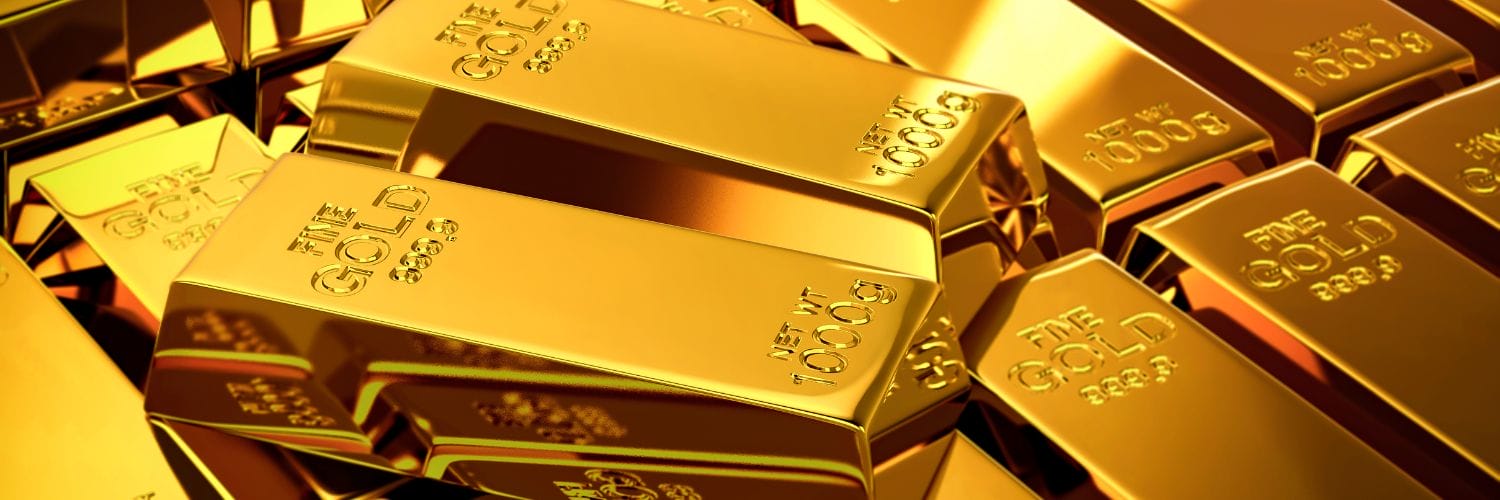
When establishing the Fed In 1913, they adopted the gold standard as the means of the value of money. They abandoned the gold standard during the First World War to print enough money to pay for the war. Unfortunately, this caused hyperinflation because they tied the “free” money to the gold standard, which they modified.
During the Depression, there was a run on gold. As the Fed attempted to print more money to stabilize the economy, people started trading their dollars for gold, thus hoarding the gold because they didn’t trust the banks.
The hoarding led FDR to close the banks for a week, forced all the banks to turn their gold over to the Fed, and decreed that banks could no longer redeem gold for dollars and with no more exportations. Later he ordered all Americans to turn in their gold for dollars and created Fort Know, the largest reserve of gold in the world at that time.
Roosevelt’s actions led to the United States becoming the largest holder of gold and other countries began to peg their currencies to the dollar, which led to the dollar becoming the de facto world currency.
In 1971, President Nixon decided to abandon the gold standard in response to a growing economy and inflation. The elimination of the gold standard allowed nations to print more of their own money, which initially increased inflation, but eventually, this stabilized.
The elimination of the gold standard has allowed the printing of more money and putting it into the system in times of stress, and also reducing the amount of money to stabilize rampant inflation.
Great Recession 2007 to 2009
The Great Recession began with the economic slump due to the US housing market going from boom to bust. The bust caused large amounts of mortgage-backed securities to fail, along with derivatives losing a significant amount of money.
The causes of the recession were:
- Failure by the government to regulate the financial industry, particularly banks.
- The failure included the inability to stop the toxic mortgages.
- Next, there were too many financial firms taking on too much risk.
- “Shadow banking system,” which included investment firms becoming bigger than depository banks without all the scrutiny, led to a collapse of the credit system
- And finally, too many firms borrow more money than they can afford.
All of this led to the collapse of firms such as Bear Stearns, Lehman Brothers, and Washington Mutual, which led to extraordinary measures by the Fed to stave all of the collapses off.
The Fed lowered the interest rates to almost zero to create more liquidity. They also provided the banks with $7.7 trillion in emergency loans, known as quantitative easing.
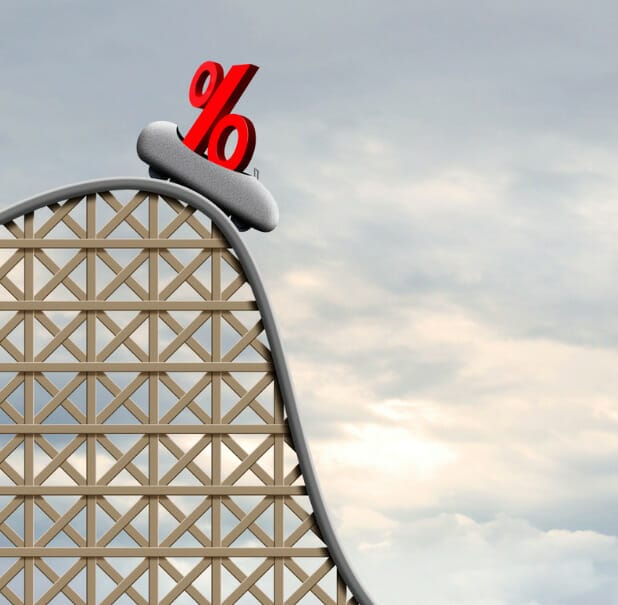
The US government also injected liquidity into the economy to $787 billion. Additionally, the Dodd-Frank act was passed in 2010 to help regulate the banking industry. The bill included provisions for the government to intercede in failing financial institutions to either help them recover or allow them to fail. It also included a provision to “stress test” the banks to ensure they have the liquidity to withstand two years of severe financial distress.
There are critics of all the above, stating that the system has flooded too much liquidity into the system and has allowed politically connected entities to stay afloat despite their financial instability, and that the stimulus has delayed real economic recovery and built a house of cards waiting to fall at the next crisis.
Final Thoughts
The Fed has a long, storied history that is not without its controversies. In today’s market instability, I thought it would be helpful to see where we came from to gain insight into where we might be going.
The recovery of the two financial crises in our history has shaped our economy and monetary policy to a great extent. And with the ongoing Coronavirus pandemic and the related collapse of the financial markets, I thought it might give us some insight into how the Fed is trying to react to what is happening.
The balance sheet for the Fed has grown by leaps and bounds since the crisis of 2007, and some fear that this will be our undoing during this time of instability. It also calls into question the continued feasibility of our fiat currency. Some argue that the rise of Bitcoin could be the next currency that rises from the ashes of the subsequent recovery.
We can all learn from history that there is always recovery and life will go on, maybe not in the fashion we were used to before, but it will continue.
As always, thank you for taking the time to read this post, and I hope you found something of value for your investing journey.
If I can be of any further assistance, please don’t hesitate to reach out.
Take care and stay safe out there,
Dave
Related posts:
- The Structure of the Federal Reserve Explained in the Simplest Way The Federal Reserve, or the Fed, is America’s central bank. One could argue that makes it the most important factor in the U.S. economy, maybe...
- How Fed Economic Stimulus Works and Its Effect on the Economy The Central Bank of America is the Federal Reserve, responsible for deciding how much money is in the economy. To most people, that means that...
- Navigate the Federal Reserve Balance Sheet with This Simple Guide Updated 4/4/2024 With the recent announcement that the Fed will increase its balance sheet by about $4 trillion, I thought it might be a good...
- Timeline of the Great Depression: Its Causes and How It Ended Updated 4/28/2023 “History doesn’t repeat itself, but it often rhymes.” Mark Twain The Great Depression is one of the world’s greatest catastrophes, with repercussions that...
